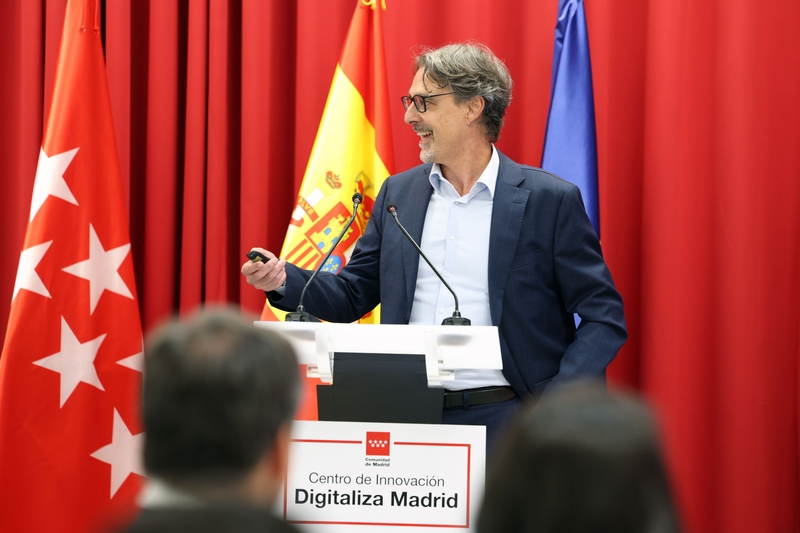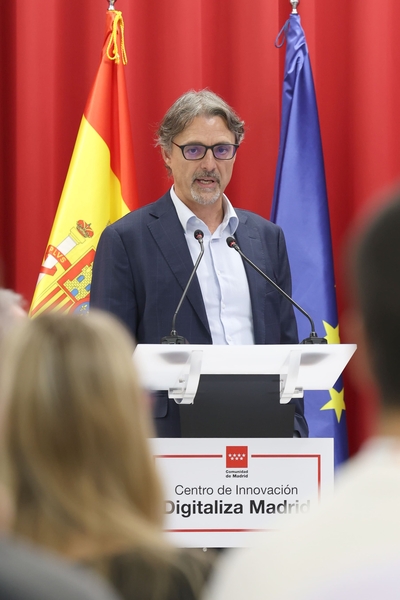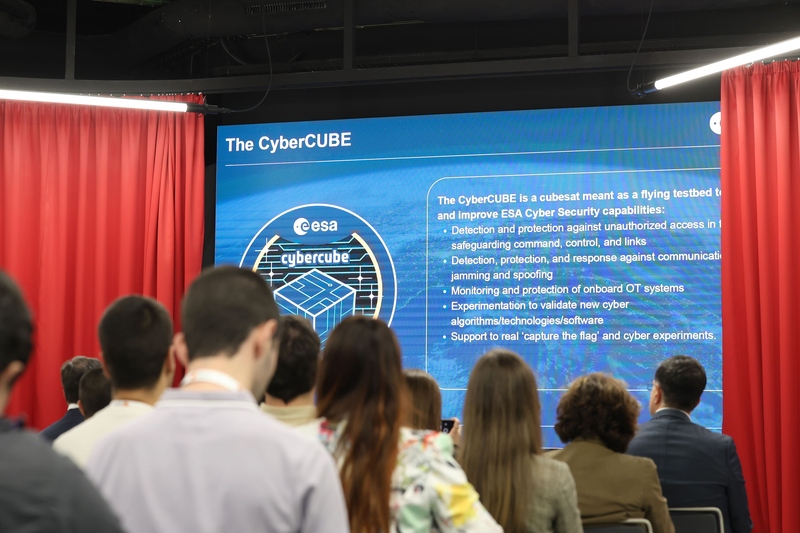Go back
The European Space Agency (ESA) views cybersecurity not merely as a technical issue but as a strategic imperative for protecting Europe’s critical space infrastructure. Safeguarding essential assets such as navigation, communications, and defense and financial systems is vital to Europe’s security, economy, and technological independence.
ESA’s mission is clear: to ensure that Europe’s space missions remain resilient, secure, and protected against evolving cyber threats through a proactive and collaborative approach. Learn more in the material based on the keynote by Massimo Panzeri during the EU Space Cybersecurity Hackathon in Madrid.
October 29, 2025

At the European Space Agency (ESA), cybersecurity is not just a technical concern — it is a strategic imperative.
In his keynote at the EU Space Cybersecurity Hackathon held in Madrid in October, Massimo Panzeri, Cybersecurity & Space Program Accreditation Manager at the European Space Agency Security Office, reminded us, space systems are part of Europe’s critical infrastructure — powering GPS navigation, communications, and even parts of financial and defense systems.

Protecting these assets is essential for Europe’s security, economy, and technological independence.
“Space missions are fundamental for Europe — and as such, they must be protected.”

ESA’s approach to cybersecurity is comprehensive and proactive. The Agency integrates policy, process, and technology to ensure space missions are secure by design. This includes continuous risk analysis, robust security requirements, and a strong focus on corporate IT protection across its European sites.
One of ESA’s cornerstones is the Cyber Security Operations Centre (CSOC), located primarily at ESEC in Belgium and backed up by redundant systems across Europe. The CSOC, in full deployment, will provide 24/7 monitoring, incident management, and even radio frequency situational awareness to support investigations into potential jamming or interference affecting ESA satellites in orbit.
“Our CSOC integrates state-of-the-art technologies,” Panzeri explained. “We monitor what happens not only on Earth, but also in orbit — including the radio frequency used to communicate with our satellites.”
Another key infrastructure is ESA’s Security Cyber Centre of Excellence (SCCOE) in Belgium, which acts as a cyber test range. It allows simulation and emulation of space systems, enabling realistic testing and staff training.
ESA has also built a collaboration hub, with the ability to connect ESA with its partners, member states, and industry. The aim is to share threat intelligence and build a trusted European cybersecurity ecosystem.
“We believe it’s fundamental to share with other stakeholders — the European Commission, our partners, and our Member States” said Panzeri.
ESA is already looking ahead. The upcoming CyberCUBE mission — a CubeSat scheduled for launch in June next year — will test autonomous cybersecurity responses directly in orbit. This mini-satellite will validate algorithms and onboard protection mechanisms during periods when communication with ground stations is not possible.

ESA is also initiating a Quantum Security Verification Platform, set to begin this October. This three-year project will explore post-quantum cryptography and quantum key distribution, ensuring that Europe remains resilient even against future quantum computing threats.
Cybersecurity, Panzeri emphasized, is an ongoing process.
“Security is a continuous process. We must always be a step ahead of our adversaries — and cooperation is the key.”
Through partnerships, innovation, and a holistic approach, the European Space Agency is ensuring that Europe’s journey to the stars remains secure — both today and in the decades to come.

ESA’s message is clear: no single system can defend itself in isolation. True resilience comes from collaboration — between agencies, industries, and nations.
“We cannot believe that any single system will protect us from everything,” Panzeri said. “The only way forward is cooperation.”
In an era when the boundary between cyberspace and outer space is vanishing, ESA’s work shows how Europe is preparing — not just to explore the stars, but to secure them.
Author: Olga Nasibullina, co-founder at THE SIGN.MEDIA
Photos: Ania Lewandowska
You can support TheSIGN by becoming our SATELLITE. Click to learn more about sponsorship.